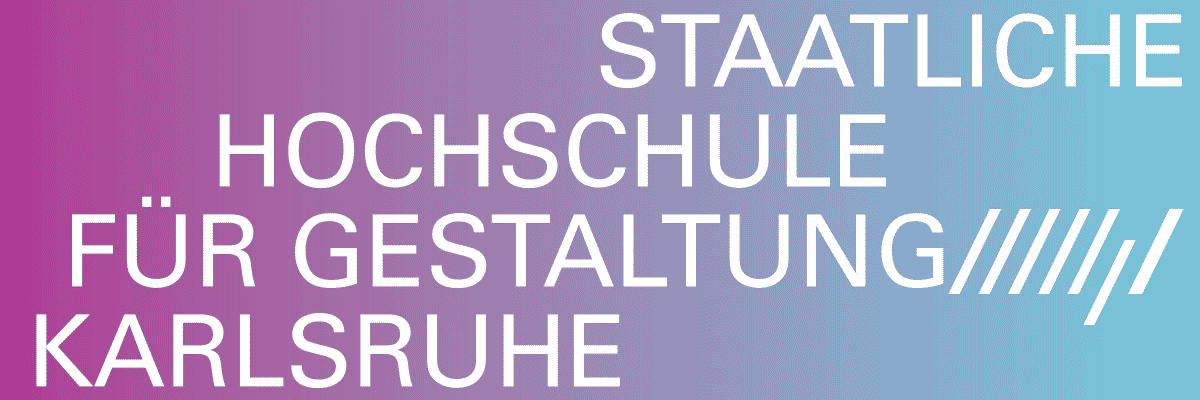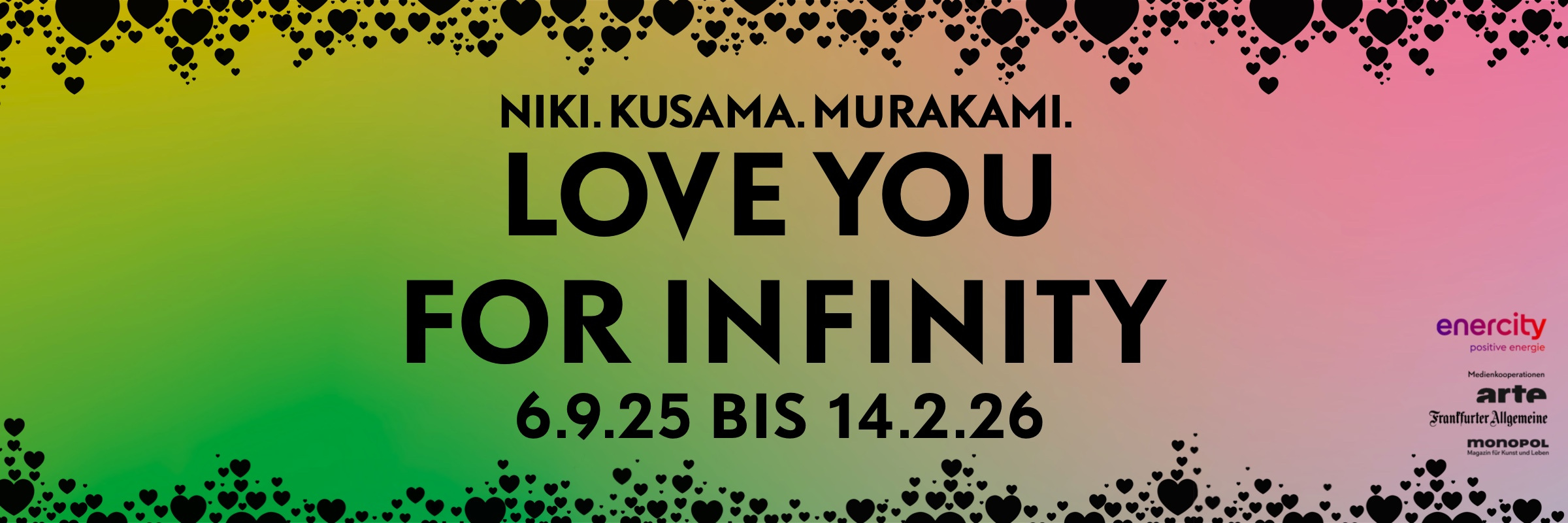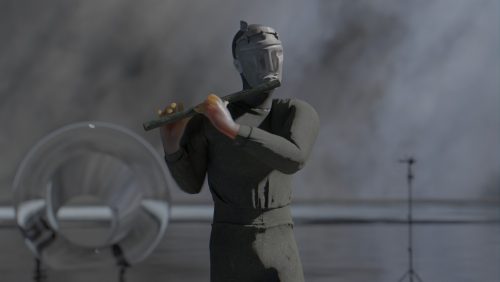
Luca Staccioli
Falling Flowers

Luca Staccioli, Falling Flowers, installation view, courtesy ArtNoble Gallery
Advertisement

Luca Staccioli, Falling Flowers, installation view, courtesy ArtNoble Gallery

Luca Staccioli, Falling Flowers, installation view, courtesy ArtNoble Gallery

Luca Staccioli, Falling Flowers, installation view, courtesy ArtNoble Gallery

Luca Staccioli, Falling Flowers, installation view, courtesy ArtNoble Gallery

Luca Staccioli, Falling Flowers, installation view, courtesy ArtNoble Gallery

Luca Staccioli, Falling Flowers, installation view, courtesy ArtNoble Gallery

Luca Staccioli, 'Falling flowers (inerti) #3' (2025), Ink, acrylic resin, pigments and colour transfer from torn toilet paper on box cast of reinforced concrete, resin and marble dust, aluminium, steel screws, washers, 19 x 15 x 10.5 cm

Luca Staccioli, 'Falling flowers (secchio vernice)' (2025), Plastic painting bin, enamelled lid, glass, light, screws, washers, electrical cables, ink, acrylic resin, colour transfer from torn toilet paper on paper, Variable dimensions

Luca Staccioli, Falling Flowers, installation view, courtesy ArtNoble Gallery
Ecosystem. Narrating the theme of consumerism through a journey where the first perceptual impact is linked to nature is no small feat.
When Elmgreen & Dragset, in the upper space of the Podium at Fondazione Prada in Milan, reconstructed the modular office spaces designed in the 1960s by Robert Probst—emphasizing the sense of isolation from human life in favor of a purely working, non-identity-based, and alienating existence—they demonstrated how little it takes to strip daily life of its uniqueness. “Our bodies are no longer the active subjects of our existences. Unlike in the industrial era, today they no longer generate value within the advanced production mechanisms typical of contemporary society,” declare the two Danish artists.
Luca Staccioli takes the viewers down this path, but without directing them toward a feeling of uneasiness about the theme he is analyzing. By punctuating the gallery space with works created through various processes and mediums, the artist succeeds in crafting a serene, pleasant atmosphere, albeit surreal and disorienting at first glance. The wheels of ergonomic office chairs have been reinterpreted by the artist as refined, ironic sculptures that repeat in small and medium compositions. Entering the first room of ArtNoble Gallery, these elements—collected by the artist and the gallerist from various places—form a large clustered installation that cascades from the ceiling. It is a massive wisteria bursting from the wall, welcoming the spectator in a dizzying embrace. What is this branch of lilac-colored nature doing here, in March? Upon closer inspection, wires, cables, electrical outlets, and mechanical elements extend downward. This is not a natural habitat. Instead, it is a grand sculptural installation that, as a prelude to Staccioli’s second solo exhibition at the milanese gallery, introduces the theme the artist wishes to explore—an artificial ecosystem in action. The wheels gradually detach, transforming into small, meticulously crafted ceramic sculptures. Their colors are soft, displayed on the walls like three-dimensional icons: pink, lilac, green (recalling the prickly pears Staccioli previously created in Kit eliminacode multifunzione (fichi d’India)), pale yellow, and light orange. None of these hues recall the world of consumption, piecework labor, or endlessly repeated gestures that lead to self-erasure. Luca evokes his most romantic imagination, his phenomenological inversion in which solutions exist. It only takes poetics and aesthetics to shift towards new directions. Sabotage of a working day functions as the initial connector, as a tool that - “by magic or protest,” as the artist writes about the ergonomic chair wheels - can overturn the functionality of a system.
Sabotaging functionalities. Staccioli speaks of “sabotage” in reference to his practice of reworking reality. Playing with everyday elements linked to consumption is thus his productive line. Falling Flowers is a mature summary of this world that Luca is gradually shaping and reshaping. There is a serious irony evoked by the different formalizations of Staccioli’s works and the various stages of elaboration in his practice (both conceptual and practical execution). An irony from which the idea of play also emerges. It seems as though he invites the viewer to play by constructing visual rules to follow, which are then gradually deconstructed through the reinterpretation of the elements the artist questions.
It is about questioning the everyday.
“I think I make works that everyone could create, yet strangely, no one does. Only I do. I am a creator of rules. And then, once these rules are created, these games, these mechanisms, I can play, and I can let others play,” Alighiero Boetti (interview, Rai Teche).
Collapsing. Another term the artist often uses. The reference is still to the everyday that must be subverted and reinvented, but here, common thought also recalls the theme of the body. Both the working body (consider the bodies of performers in Isabelle Wenzen’s workspaces) and the body that seeks liberation from limits, rules, and constraints. Staccioli subtly indicates the urgency to subvert this system, crossing the yellow demarcation line that dictates what we must do, often in an imperative, violent tone. Surpassing imposed conditions and returning to nature—or rather, to post-nature, citing another term Staccioli uses when describing his creative process. This induced nature is reflected in simple scraps of toilet paper, where the artist finds poetry and delicacy; in the flowers that recur on concrete and resin panels, created through stratification upon stratification, where the impressed drawing, just like in fresco techniques, is scraped, sanded, and transferred onto another material. The paper disappears, leaving behind the flowers that reappear in the final video titled Falling Flowers. This piece guides us toward the culmination of the journey. It is not the first time Luca Staccioli has used moving images. Like in Tetris, in the video, flowers fall from above (echoing the initial installation), filling the screen level by level until it is saturated, at which point the story starts anew. The falling flowers invade other stereotypical images that transform into symbols readable through a new perspective: a mouth with red lipstick, a modern building, a shuttle, repeating architectural forms... For Staccioli, these elements represent the ideals of perfection we are supposed to aspire to, which are instead buried, suffocated by the fall of the flowers.
Adhering to a hopeful thought. A sentimental everyday life. The exhibition path designed by Staccioli thus traces a small geographical map, dotted with different material types and aesthetics, naturally unified by the same imagery. Each work follows another through aesthetic analogies and a narrative order dictated by the drive to overturn imposed meanings. A poetic work, extracting a refined, joyful, and intelligent imaginary from a small, mundane consumer object, Falling Flowers (inerti) is a small strip of toilet paper turned into a segment of context for a reflection on the everyday. Luca Staccioli takes the imagery of this simple, domestic element and translates it into a small artwork where painting and sculpture intertwine. It is a new body of work that coincisely represents, compared to the past, a sentimental re-presentation of the everyday. The artist employs painting, sculpture, and mixed techniques to restore dignity to a piece of paper adorned with flower drawings. On its surface, along with the sedimented and stratified floral designs, even washers appear, applied to the surface, recalling once again the context of labor, which will be ironically displayed through an industrial object placed on the ground at the end of the exhibition path. The dual interplay between nature and human artifact is elaborated by Staccioli with romantic sarcasm in every body of work. A melancholic serenity subtly lingers from one passage to the next. In his second solo exhibition at ArtNoble, Luca seems to complete his reflection on the natural landscape (as a salvific place) contrasted with everyday elements that appear in a certain way (ironic, pleasant, necessary) but, in fact, exist to create restrictions and false mythologies. The “shopping carts” (now-iconic works by Staccioli) are a tangible example of these analyses of the everyday and the surrounding system: small sculptures in ceramic or galvanized tin, titled Checkout, depicting supermarket elements we have all used, which were featured in the artist’s first solo exhibition in the gallery, “Wake-up call”. Irene Sofia Comi also talks about “melancholy” in the text dedicated to the artist for that special occasion, particularly underlining the idea of a dream, which, for Staccioli, becomes “bizarre and melancholic”.
Moving away from the yellow line. Panorama (oil on paper). There is a pause in the exhibition. A small image is enclosed in a frame. It looks like a landscape. It is a photographic print in shades of pink and orange, the colors of sunset. Or dawn. Staccioli used the label of an oil bottle on which a stain had settled. The irony of using the term “oil on paper” is naturally implicit, along with the imaginative poetics of a worn, poor, recovered object, which here comes back to life in a photographic image of a natural landscape. It is a micro painting from another time. It is a lysergic context by Moriko Mori. It is a small strip of matter where Staccioli, with the poetic and childish irony of a Munari, has identified the visionary potential: nature takes things back and this “panorama” is a new habitat to observe.
Rossella Farinotti




